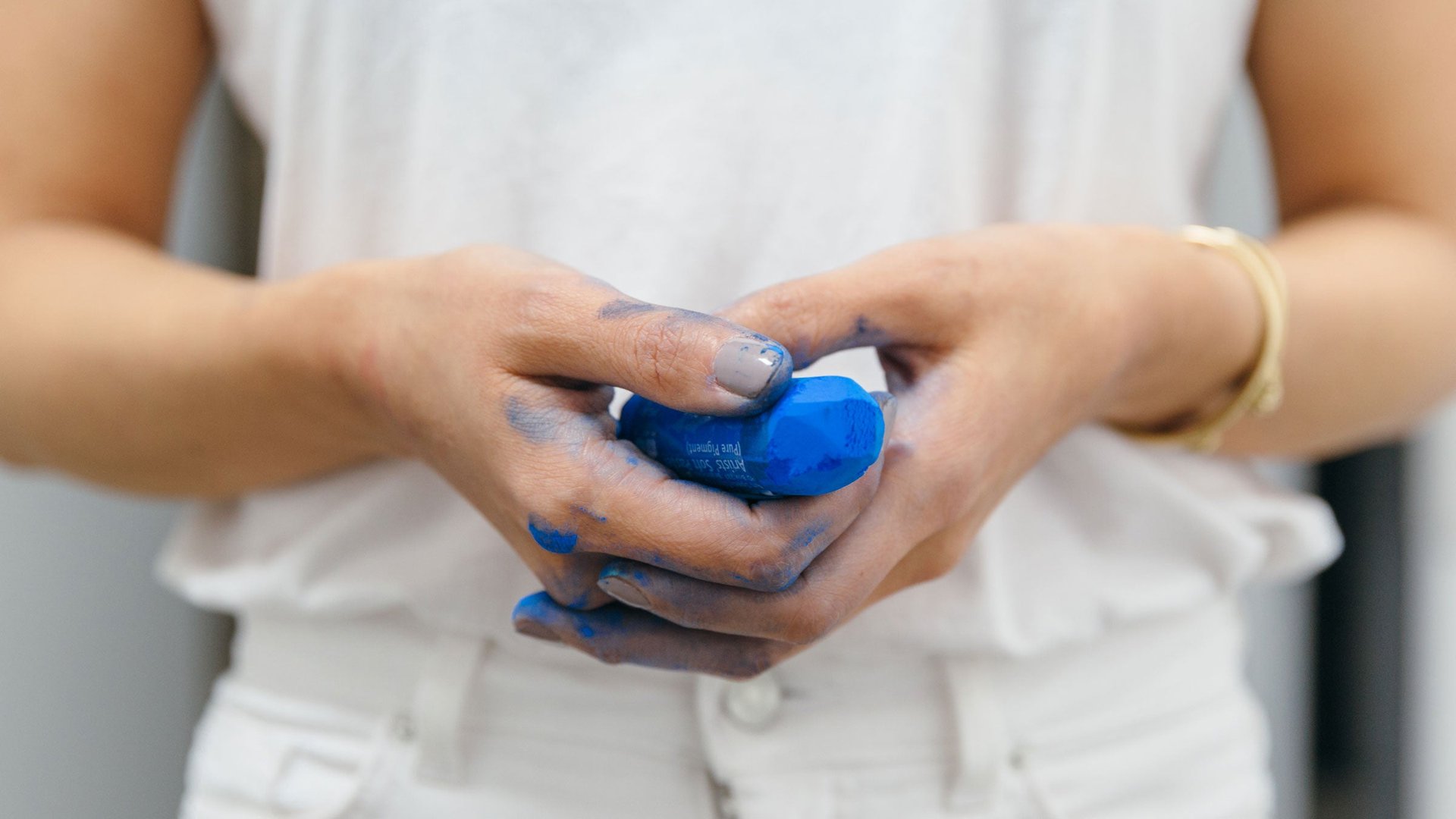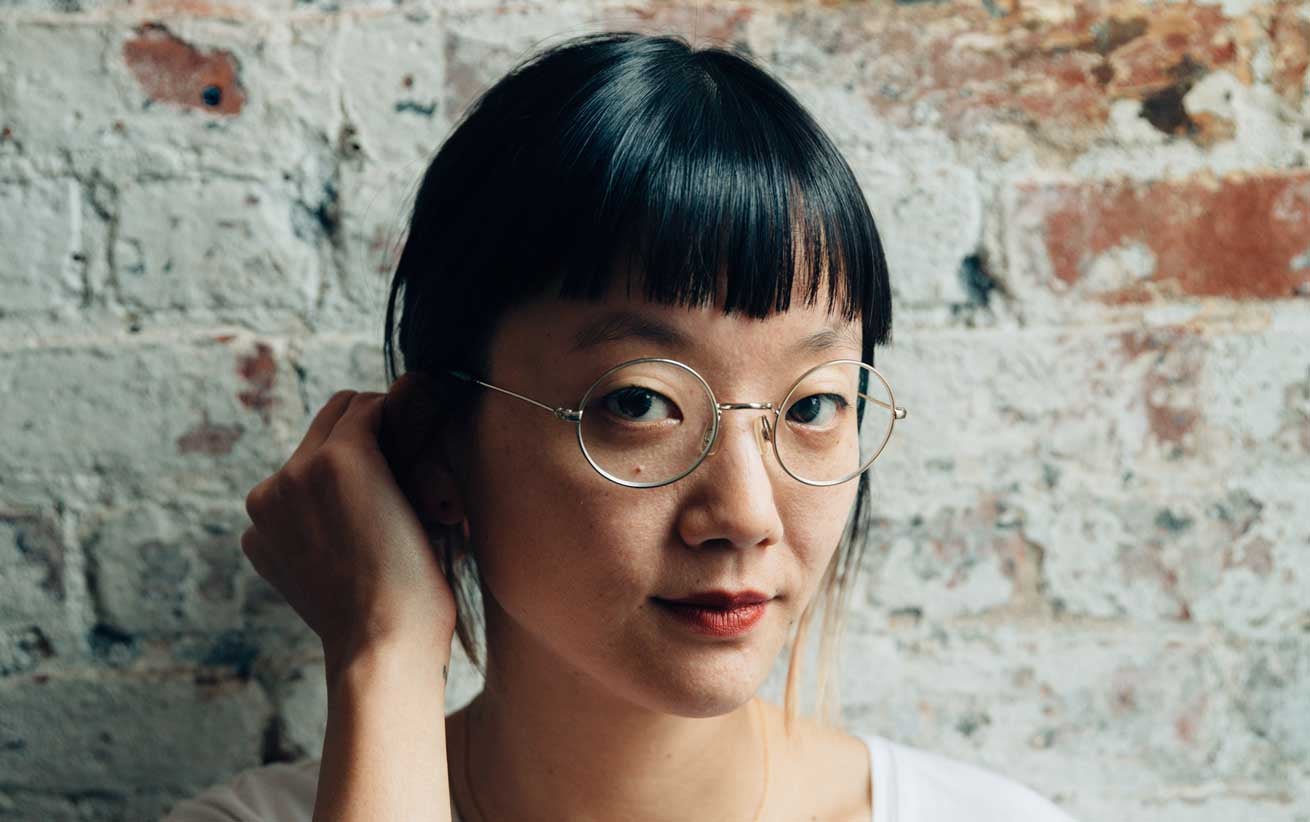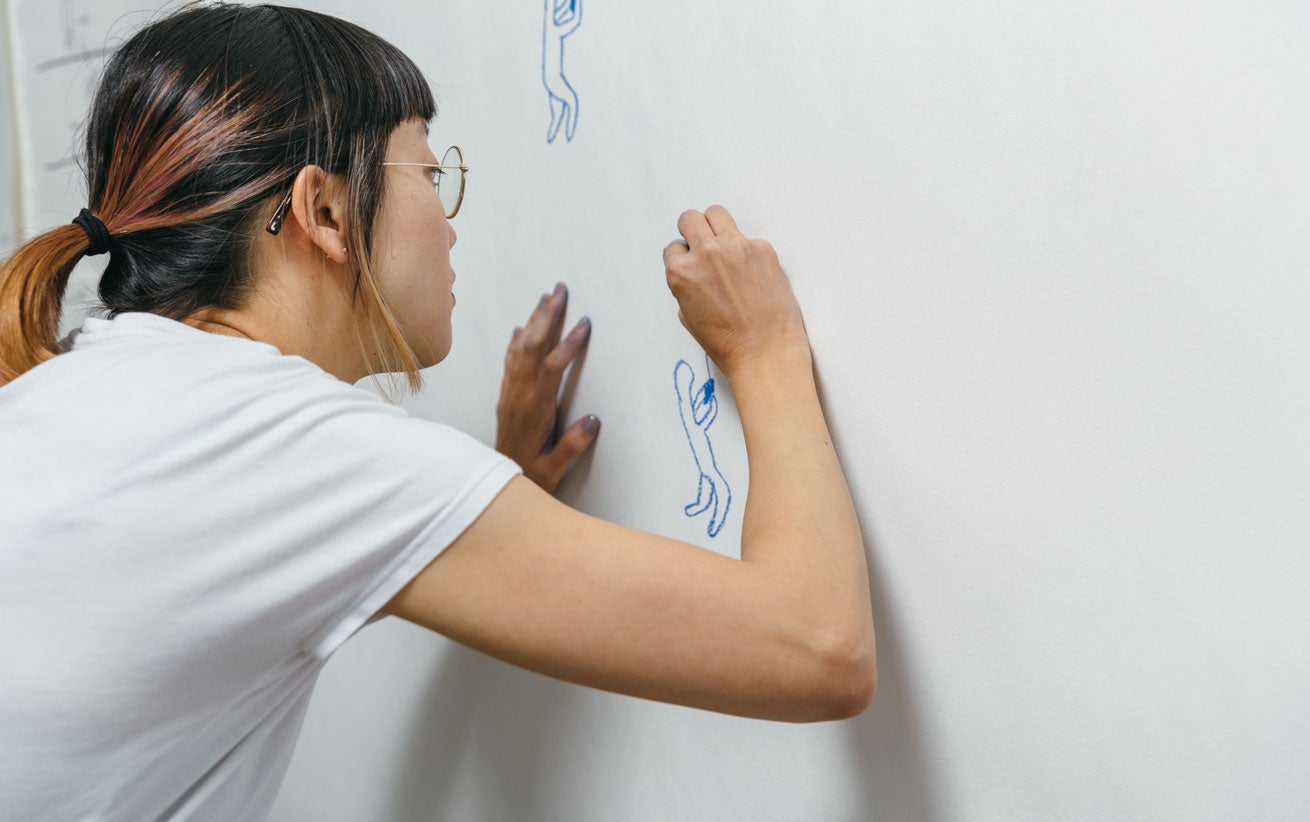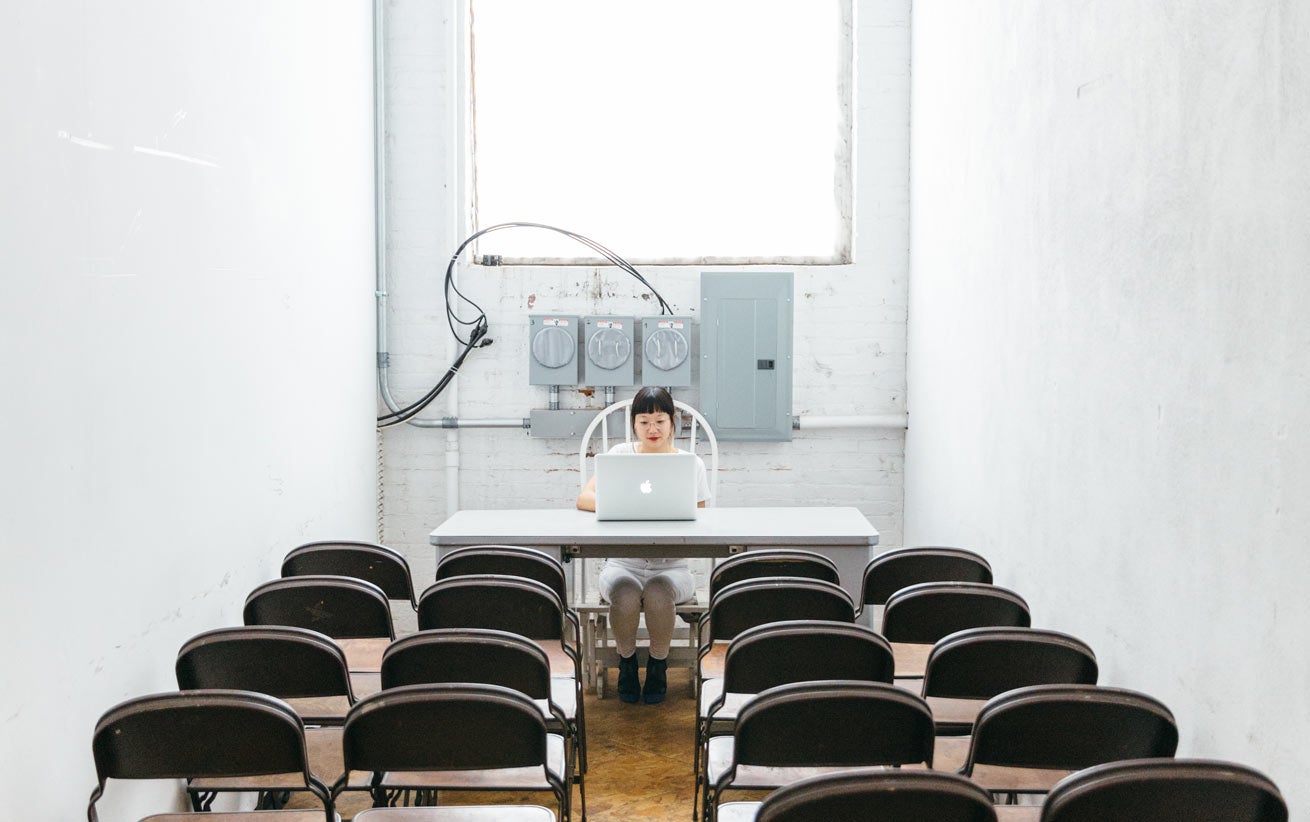One deaf artist’s innovation on human communication
This is the fourth article in a six-part BULLETIN series exploring the most intriguing artisans, makers, and craftspeople that Lincoln has had the pleasure of working with; view all of the stories here.


This is the fourth article in a six-part BULLETIN series exploring the most intriguing artisans, makers, and craftspeople that Lincoln has had the pleasure of working with; view all of the stories here.
Christine Sun Kim has an infectious giggle. It’s one that if you hear, you will do whatever possible to hear it once again. A word of advice for when you might find yourself trying to hear its soprano song—she loves bad jokes.
And yet Kim doesn’t need to hear a giggle to know you’re laughing—or that she is for that matter. The Brooklyn-based TED fellow was born deaf, and has been on an artistic journey to innovate on the ways humans communicate.

As technology continues to evolve, what sort of innovations are expected for the deaf? Perhaps it’s not discoveries the human race will make that will help people communicate, but it’s practices that can be implemented into daily life that will help innovate as well. The question will no longer be “what defines sound,” but more so, “how do people listen?”
Through the years, Kim has employed a number of ways to communicate: sign language, body language, and the written word are the tools she uses to tell her story and express herself.
Yet Kim often incorporates sound into her work, an interesting and intriguing practice since she does not have direct access to it, and hears different dimensions of the result.
In an interview conducted over several emails, Kim explained her work for the Lincoln Reimagine Project, “Game of Skill.”
“Ever since I started employing sound in my art, I have been thinking a great deal about how people listen, rather than what defines sound, says Kim. “I think people don’t really adequately question the way they listen. I know listening is abstract or subjective, which is why I think people shouldn’t have a fixed idea of it. That stops people from questioning it.”

As a Lincoln Reimagine Project honoree, Kim will create a walk-able art installation that employs the attendee as the moving instrument. Kim will execute a long wire-like string that floats above each participant’s head and goes throughout the space, including outside. There will be a device with an antenna where guests would need to keep its tip against the wire as they casually walk to hear their own voice, or even Kim’s. Based on their movement and speed, the voice changes and adapts. She’ll show a small preview of the work at TEDActive in Whistler.
“The process of listening for me is often physical and a bit laborious, as I often communicate with non-signers through handwriting, texting, emailing, gesturing, or being voiced by a sign language interpreter,” says Kim. “I want people to physically move in order to become more conscious of how you listen.”
For “Game of Skill,” Kim was inspired by a singing-and-drawing app on her phone that she couldn’t hear but could feel coming out of her tablet. Technology is something Kim has always leaned on for communication, and she became inspired by its abilities to help her communicate, and help others learn to listen with intent. She writes: “When I started using my phone (big words app) and my tablet (handwriting app), the communication with non-signers (people who don’t know ASL) has never been so easy… BUT there are still some struggles such as having a group conversation in person—no app for that yet.”
Kim has all but mastered analog forms of showing sound, but found herself struggling to seamlessly make “Game of Skill” come to life. “I was told that this possesses so many technical challenges, which surprised me at first. I have always perceived technology as a medium that comes with countless solutions,” says Kim. She is still exploring possibilities, and will continue to innovate in her own ways. “Not only that but I am a romantic when it comes to technology, I intend to keep this project as analog as possible.”

Others have told Kim that her work reminds others that listening is not only a privilege, but a skill that can have placed value. “I was also told that this project is a reflection of my perception of sound as a form of currency. Listening is a skill that needs to be acquired, studied, and doesn’t come naturally,” says Kim. “But it is something that can become valued once we put value or work into it, giving it a priority.”
“Ideas are what excite me, rather than having the physical need to listen with ears,” says Kim. “Conceptual art is probably what gives me the flexibility to explore sound as a medium.”

This article was written by Lincoln and not by the Quartz editorial staff.